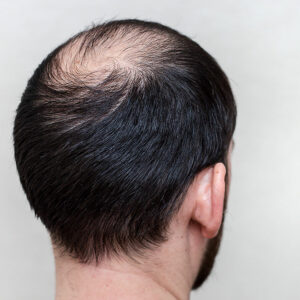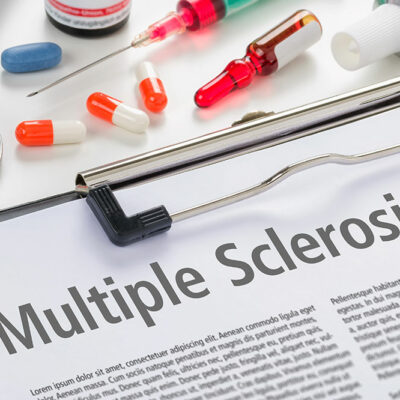Tips to get the best deals on used cars

Buying a used car is often recommended in today’s uncertain economy. There is more scope for negotiating and landing some of the best deals on used cars. If the vehicle is in good condition, it can take you around the city and save you lots of money in the process. Whether you’re buying for the first time or have done this previously, check out these useful tips regarding buying used cars before making an offer.
See if you can secure financing first
Not all used car dealers will be offering financing options. If you don’t have the cash ready, you’d potentially miss out on some of the best deals on used cars. Before you do your preliminary research, compare banks and financial institutions that offer prequalified loans for automobile purchases. Securing finance first makes it easy to negotiate deals with sellers for the best price.
Do thorough research
Most pertinent information is readily available online, so don’t skimp out on the research when comparing deals. Used vehicles are usually in high demand, meaning you’ll have to compare deals across multiple sources. It’s better to start with reputable marketplaces like Edmunds, CarMax, Carvana, Vroom, Autotrader, Autolist, and Craigslist to compare makes and models. Check if the vehicle is listed with a preowned dealership or individual seller. Cars already listed on the lot will not be kept for long, especially if it’s a preferred brand or manufacturer for used cars.
Buy during the off-season
Car prices majorly fluctuate based on the current demand. So, for example, buying a convertible during the winter season will be cheaper as most people would prefer buying hard-top SUVs and sedans. Since dealerships will be forced to move out inventory, these deals will be listed at a lower price. Similarly, used SUV sales tend to slow down during the spring as that is when many people prefer convertibles.
Brands influence the price
A used premium luxury car will still sell for three or four times the value of a used car in a lower-priced segment. Also, some makes and models are cheaper since they are much older. For example, a used Ford 2018 model will be cheaper than the 2022 model because its value has depreciated significantly. Thus, you can probably save more by buying older models that are not necessarily in demand. If the features you need in terms of comfort and driving utility don’t vary depending on the model, go for the older, cheaper deal. That said, these factors will also influence the ownership and running cost of the vehicle, so have a car expert assess the deal before making an offer.
Check the vehicle history report
You also need to verify all documentation on the vehicle. Used cars need to have a clean title that can be transferred to your name without any default. A vehicle history report also provides details about the number of miles driven, servicings done, and even lists extensive overhauls to make the car road worthy. If the car has exchanged multiple hands, this report will also contain all the ownership details necessary for salvaging the title.










